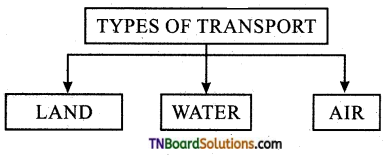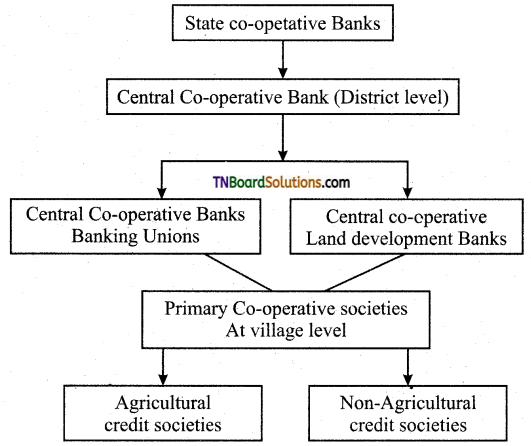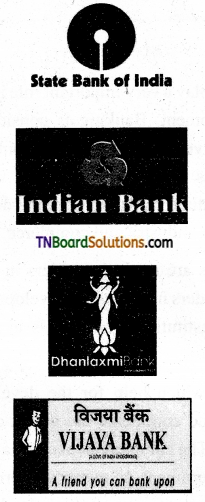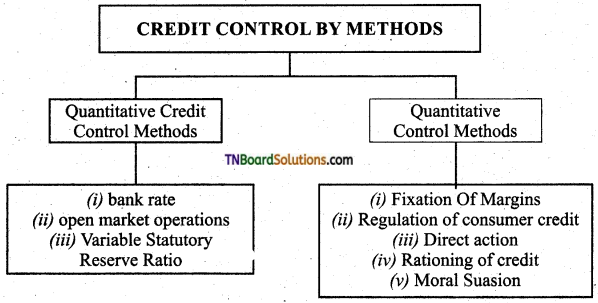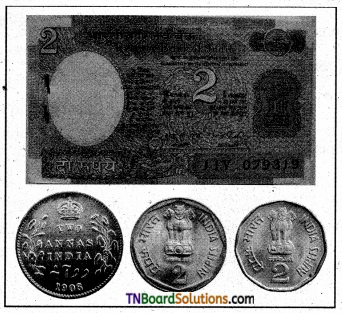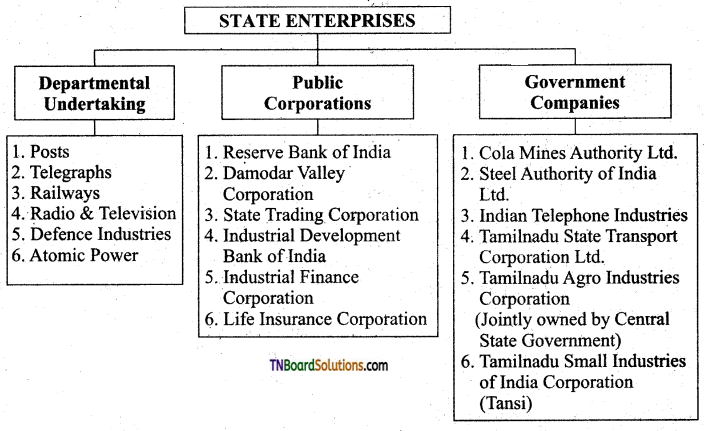Students get through the TN Board 11th Commerce Important Questions Chapter 18 Business Ethics and Corporate Governance which is useful for their exam preparation.
TN State Board 11th Commerce Important Questions Chapter 18 Business Ethics and Corporate Governance
Very short answer questions
Question 1.
What is Social Responsibility?
Answer:
Social responsibility refers to the businessman’s decision and action taken for reasons at least partially beyond the firm’s direct economic or technical interest.
Question 2.
What is Business Ethics?
Answer:
Business Ethics refers to the moral principles or rules of behavior which should govern the moral conduct of businessmen.
Question 3.
Define corporate governance.
Answer:
“Corporate governance is about promoting fairness, transparency and accountability.” – World Bank.
![]()
Question 4.
Define MNC.
Answer:
MNC is defined to be an enterprise operating in several countries but managed from one country.
Question 5.
Write a short note on Benchmarking.
Answer:
- Select a product, service, or process to benchmark.
- Identify the key performance metrics.
- Choose companies or internal areas to benchmark.
- Collect data on performance and practices,
- Analyze the data and identify opportunities for improvement.
Short answer questions
Question 1.
What is Corporate Social Responsibility?
Answer:
Corporate Social responsibility is a comprehensive set of policies. Practices and programs which are integrated into business operations supply claims and decision making process throughout the company wherever the company does business and includes responsibility for current actions as well as past and future actions.
![]()
Question 2.
Describe the obligations of business towards owners and shareholders.
Answer:
If a business satisfies its investors they are likely to invest more money in a project as a result, more funds will flow in and the same can be utilized to modernize, expand and diversify the existing activities on a larger scale happy financiers can fulfill the rising demand of funds needed for its growth and expansion.
- They need to give a fair return to Shareholders.
- They need to give true and fair information to shareholders.
They need to give them proper opportunities to shareholders.
Question 3.
Give any four reasons against the social responsibilities of business.
Answer:
- Violation of profit maximization: As per this argument business enterprises claim that our objective is profit maximization business can reduce its cost and raise profits and only they can meet their social responsibility.
- Lack of Social skills: Business enterprises neither have still nor experience to solve all types of social problems. Therefore it should be handled by specialized agencies.
- The burden on consumers: Many of the social responsibilities cost a lot its burden falls on consumers only.
- Lack of broad public support: Businesses cannot operate successfully because of a lack of co-operation and confidence from the public in business enterprises.
![]()
Long answer questions
Question 1.
Explain Benchmarking in various parts of the world.
Answer:
Japan: In early 2014, the Japanese Prime Minister announced the goal of increasing the percentage of women in executive positions at Japanese companies to 30% by 2020.
The UK: UK businesses had voluntary targets first set in 2011 i.e. to have 25% women on FTSE100 (The Financial Times Stock Exchange) Boards by 2015.
Canada: At the Federal level, two bills are currently being tabled which will impose a40% quota for female Board members of public companies and other regulated entities such as banks and insurance companies.
Brazil: A bill pending in the Brazilian Senate would impose a 40% female quota on the Boards of state-owned enterprises by 2022. IBGC Code of Best Practices (Brazilian Institute of Corporate Governance) recommends:
- A formal evaluation process of the performance of the Board, of individual directors, and of the CEO.
- The process to be conducted by the Chair.
- Participation of the outsider to make the process more effective.
- Evaluation system adapted to each organization.
- Disclosure of the process of evaluation, to the shareholders.
Question 2.
Write a short note on MNC.
Answer:
Any company is referred to as a Multinational company or corporation (MNC) when that company manages its operation or production or service delivery from more than a single country. It has its headquarter based in one country with several other operating branches in different other countries. The country where the headquarter is located is called the home country whereas; the other countries with operational branches are called the host countries. Apart from playing an important role in globalization and international relations, these multinational companies even have a notable influence on a country’s economy as well as the world economy. The budget of some of the MNCs is so high that at times they even exceed the GDP (Gross Domestic Product) of a nation.
![]()
For Own Thinking
Question 1.
Illustrate the ethical practices followed by different reputed organizations .giving practical examples.
Answer:
Physicians: The American medical association also imposes a code of ethics on physicians. This code of ethics addresses everything from impersonal relationships with other staff members such as nurses’ information on patient care.
Question 2.
Create case studies concerning the existing famous organization following ethical practices quoting their real-life practice.
Answer:
- Use real-life examples. If you are free to choose a topic on your own try to take it from real life. However, avoid real names.
- Finish every part of your study with points for discussion. They will engage your reader and help him orient in the study.
Question 3.
Identifying ethical codes based on which organization exits, for the long run and short run, justifying the adherence to code of ethics.
Answer:
Two of the 22 identified excerpts involved individuals referring to ethical guidelines that are clear and penalties potentially serious. Responses falling under this theme tend to refer to guidelines when they believe a clear concrete rule is available and when consequences may be substantial and costly.
![]()
For Future teaming
Question 1.
Money earning cannot be the sole objective of business or life.
Answer:
Yes, because reputation is very important, but the primary objective is to earn profit.
Even though businesses run on commercial lines. Service is the main objective of business while running the business money is important at the same service to the society and public is very important.
Question 2.
The mind of students to accept that ethics and consideration for the environment, law, etc can lengthen the income-earning of an individual or business.
Answer:
As you might imagine environmental legislation is a broad topic. Mainly because the natural environment encompasses. So many different aspects. So environmental laws need to consider everything from the air we breathe to the natural resources we rely on to the plants and animals that share this world with us.
Multiple choice questions
1. The U S A formulation of various committees:
(a) 4
(b) 2
(c) 3
(d) 1
Answer:
(a) 4
![]()
2. The UK corporate Governance code recommends evaluation of the Board of FTSE ………….. companies.
(a) 450
(b) 325
(c) 385
(d) 350
Answer:
(d) 350
3. UK Business had voluntary targets first set in:
(a) 2013
(b) 2011
(c) 2012
(d) 2010
Answer:
(b) 2011
4. MNC is defined to be an enterprise operating in several countries but managed from ……….. country.
(a) 2
(b) 3
(c) 1
(d) 5
Answer:
(c) 1
5. Good Corporate Governance enables corporate success and …………… development.
(a) economic
(b) commerce
(c) mathematics
(d) social
Answer:
(a) economic
![]()
6. Corporate Governance eliminates by:
(a) capital
(b) investment
(c) loan and advance
(d) risks and mismanagement
Answer:
(d) risks and mismanagement
7. Types of key elements of business ethics:
(a) 1
(b) 3
(c) 5
(d) 6
Answer:
(c) 5
8. Which of the following can explain the need for pollution control?
(a) Cost savings
(b) Reduced risk of liability
(c) Reduction of health hazards
(d) All of them
Answer:
(c) Reduction of health hazards
![]()
9. Ethics is related to:
(a) medical
(b) law
(c) business
(d) all of the above
Answer:
(d) all of the above
